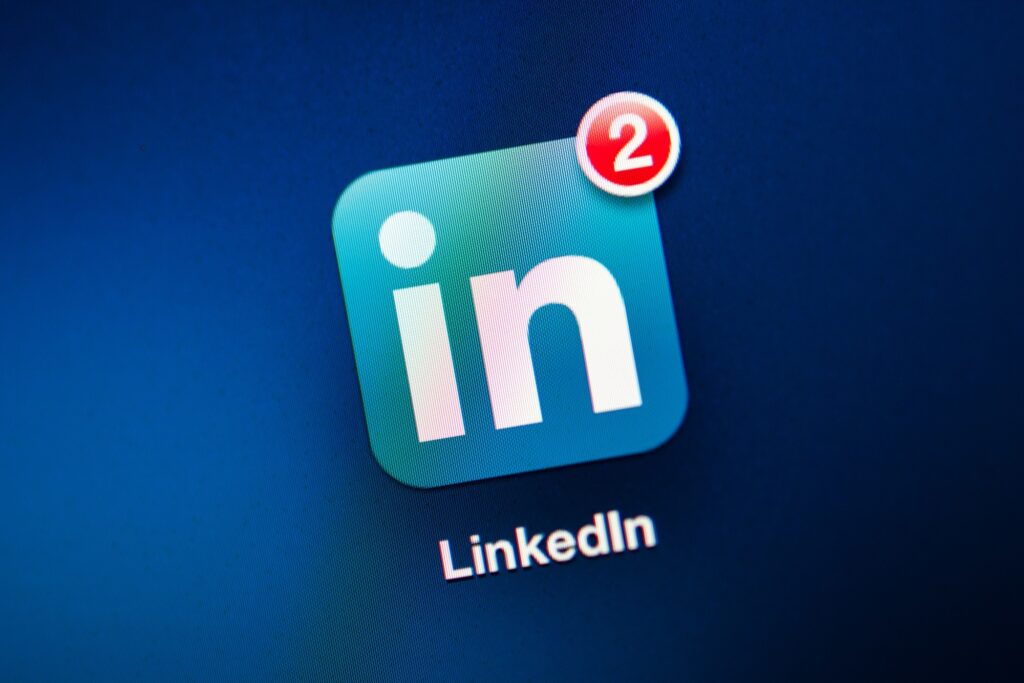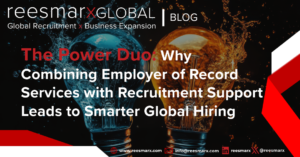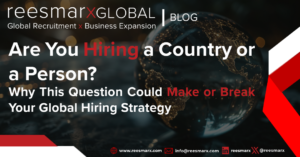Using LinkedIn to reach out to prospective employers, or peers within the same industry, is a solid strategy to grow your professional network. However, using the wrong method to promote your skills, inquire about opportunities or meet managers or senior executives can do more harm than good, to your reputation and career prospects.
We asked our recruiters to provide us with five ways that professionals can alienate others on LinkedIn, to create a bad impression. Here is our list of what ‘not to do’ when networking:
1. Pestering Leadership and Human Resource Officers
Chief Executive Officers are not the decision makers when it comes to hiring entry-level through middle management staff.
Human resource managers may be a more likely target to network through LinkedIn, for companies that are at the top of your ideal employer list. Having worked decades supporting human resource professionals we can honestly say that the level to which HRM’s are contacted is unmanageable. If you are attempting to connect with a corporate recruiter, chances are that a series of persistent private messages through LinkedIn won’t work; in fact, it is more likely to result in a complaint to LinkedIn for spam.
2. Commenting Excessively on Posts
LinkedIn is a unique culture, when compared to other online social networks. There is an expectation that professionals will engage in the content that is shared by others. However, some people show a disproportionate enthusiasm for EVERYTHING that is shared by an individual professional, or by an organization. If it seems disingenuous, that is because it is.
Professionals are encouraged to like and comment on posts, but keep it reasonable and concise. You don’t have to prove you are the ‘number one fan’ to make a good impression; share your insights, help the business by circulating content that you found meaningful, and engage politely (not excessively) with brands on LinkedIn.
3. Copy and Paste Generic Messages
You have to admire business professionals who use LinkedIn to the fullest, to create leads and drum up new business opportunities. Sales professionals, career recruiters, volunteer associations and other organizations may hire companies who aggressively approach individuals through private message on LinkedIn.
There is nothing wrong with drafting a short message to ask a question. However, if you have crewated a sales pitch, and you are simply copying and pasting that same generic message into LinkedIn on mass, expect other professionals to react in punitive ways. They may remove you from their LinkedIn network, or report you for spam advertising activities (multiple complaints can get you banned from the LinkedIn community).
Want to pitch people on LinkedIn? Find other ways to do it, including creating presentations, sharing blog posts or video multimedia in your own feed. Tailor your content toward your sales objectives, but avoid the kamikaze messages on LinkedIn (they are annoying).
4. Profanity and Unprofessional Memes
There are community guidelines established for LinkedIn users, that suggest the kind of content that is accepted, and what is not appropriate given standards set for the network. There is a time and place for funny content, and while posts with ‘personality’ are always appreciated, LinkedIn is not the same as sharing on a personal Facebook page.
Distributing images that are politically or religiously offensive, profane or in poor taste should be avoided. Remember, if you wish to share something privately, you can always send someone you know well a private message. But on your public LinkedIn feed, avoid content that is inflammatory and offensive to others. Keep it polite; you never know who will be looking at your content in the future, and making assumptions about your expertise and etiquette, based on what they find there.
5. Disparaging Comments About Past Employers or Peers
Not every work experience is going to be rewarding, and gratifying. Sometimes employers part ways with employees on less than amicable terms, and that can leave an employee feeling offended. How many times have you scrolled past a professional who was commenting negatively about a past manager, or employer? What was your ‘gut’ reaction to that kind of public conversation?
It doesn’t matter who was right, and who was wrong in a case between an employer and a disgruntled former employee. What matters is how the professional conducts him or herself afterward. Lashing out angrily on LinkedIn, or sharing confidential information about the company, reflects negatively on the employee, not necessarily the business. And it is the kind of behavior that will hinder recruiters, human resource managers and prospective employers from connecting for new job opportunities.
As a former employee, you may have a right to be disgruntled, but the last thing you should consider doing is taking your grievance against the company, public on social media. It’s a ‘no-win’ scenario for professionals, and is perceived as a warning to other employers that you may be difficult or disruptive to work with.






